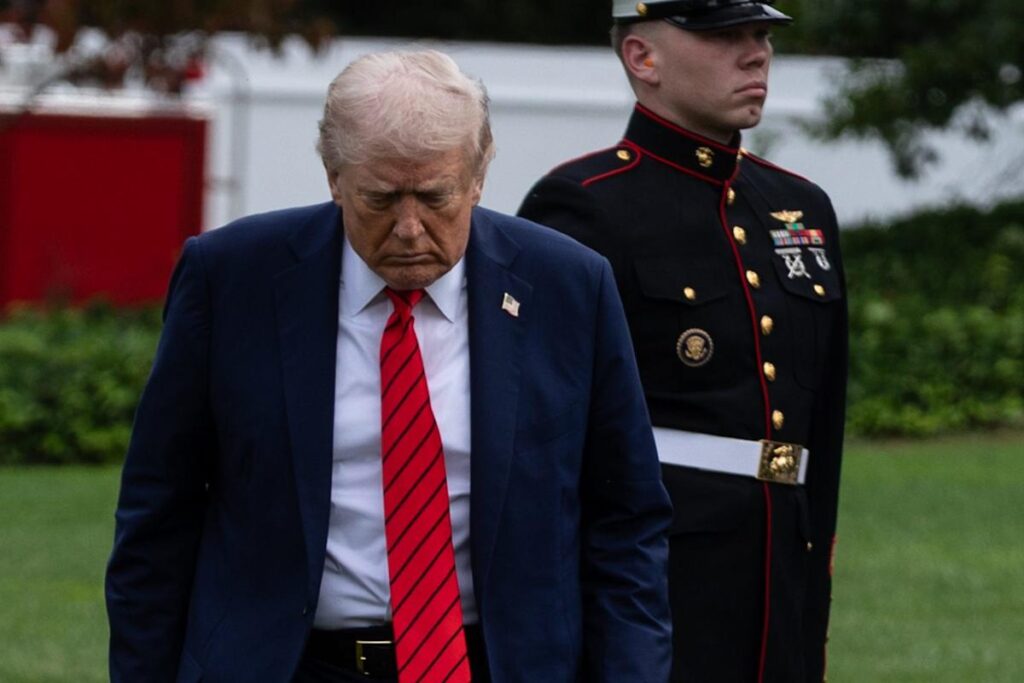Investors are eyeing a stock market rebound after Friday’s trade war flare-up sent the S&P 500 to its worst loss since April.
On Sunday, President Donald Trump sought to calm nerves in a post on Truth Social, following his announcement on Friday that he will impose an additional 100% tariff on China and limit U.S. exports of software.
“Don’t worry about China, it will all be fine!” he wrote. “Highly respected President Xi just had a bad moment. He doesn’t want Depression for his country, and neither do I. The U.S.A. wants to help China, not hurt it!!!”
Meanwhile, Vice President JD Vance told Fox News’s Sunday Morning Futures that the U.S. is willing to be reasonable if China is too, though he insisted Trump has the upper hand with “far more cards” than Beijing holds.
The shift in tone contrasts with Trump’s fiery rhetoric on Friday as he lashed out at China for its new export controls on rare earths, which are critical inputs across a range of industries.
“Market participants appear to be leaning into the TACO trade once more, fueled not only by what we’ve seen in the recent past, but also by conciliatory remarks over the weekend from both President Trump and Vice President Vance, suggesting that Friday’s announcement of additional 100% tariffs on Chinese imports are likely to be little more than a negotiating tactic,” Michael Brown, senior research strategist at Pepperstone, said in a note on Sunday.
Futures tied to the Dow Jones Industrial Average surged 382 points, or 0.84%. S&P 500 futures were up 1.27%, and Nasdaq futures jumped 1.79%.
The yield on the 10-year Treasury tumbled 8.9 basis points to 4.059%. The U.S. dollar was up 0.04% against the euro and up 0.48% against the yen. Gold climbed 1.43% to a new high of $4,057.50 per ounce. U.S. oil futures rose 1.29% to $59.66 a barrel, and Brent crude gained 1.32% to $63.56.
Trump had previously imposed 145% tariffs on China, then put them on hold to allow negotiations to play out. A similar pattern played out with other trade partners like the European Union, causing Wall Street to dismiss maximalist threats with the TACO (Trump always chickens out) trade.
Brown said Trump’s new China tariff, which would go into effect Nov. 1 and bring the overall level to 130%, appears to be another example of his “escalate to de-escalate” strategy.
“Assuming that this is another ‘TACO’ situation, and some clarity on that front is obtained before too long, then this is likely to prove another dip in equities that should be viewed as a buying opportunity, with the path of least resistance continuing to lead higher, if in somewhat choppy fashion,” he added.

